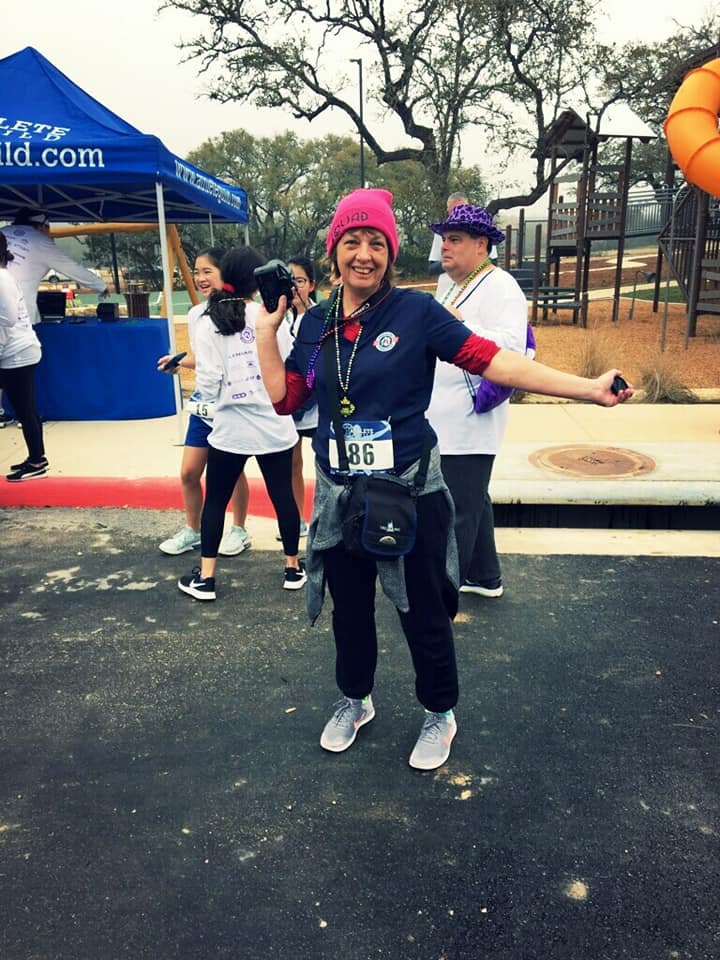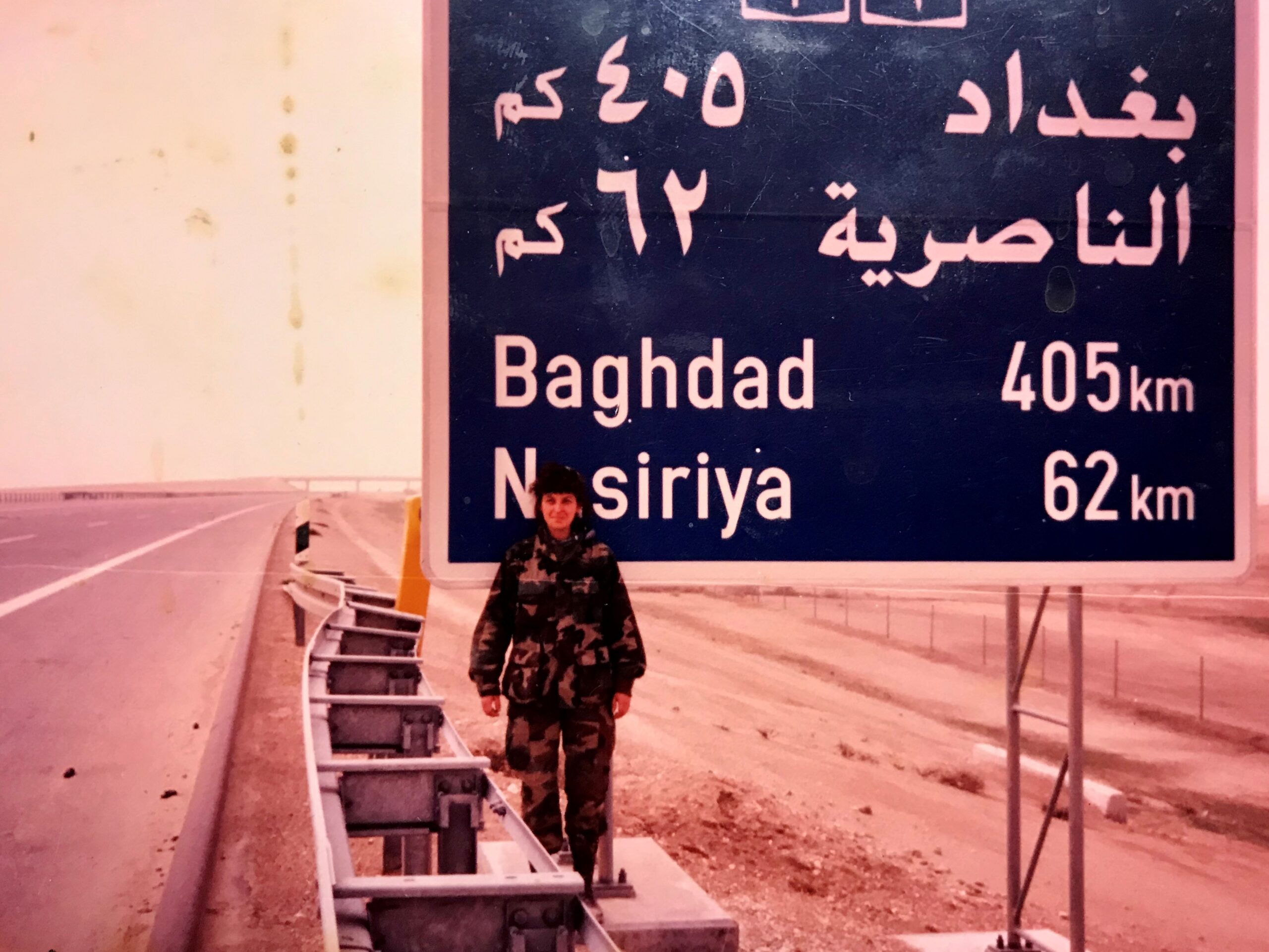As Veterans Day Turns 100, One Vet (and Operation Homefront Staffer) Looks Back
With 84 percent of our staff either veterans or coming from a military family, the 100th anniversary of Veterans Day resonates at Operation Homefront.
From our top executives, to our staff working throughout the nation, which is more than from our board members to our volunteer brigade—more than 4,500 strong with 56 percent being service members or military spouses—Operation Homefront understands the sacrifices made by our country’s military families.
As we all salute veterans, we asked one of our own, to tell us, in her own words, about serving our country.
Operation Homefront Communications Manager Vickie Starr, veteran, U.S. Air Force November 1978 – August 1987; U.S. Army May 1990 – 1993.

I have several immediate thoughts when I think of Veterans Day. The first is the overwhelming support that the American people showed to military troops during the Gulf War in 1990-1991. As part of the 786th Transportation Company, an Army National Guard unit in Lucedale, Mississippi, we were activated in November 1990. As we made the drive from Lucedale to Fort Stewart, Georgia, we encountered many people waving miniature flags as we passed by. Whenever the convoy stopped, people voiced their support of us, America, and the U.S. military.

When we returned from our deployment to Saudi Arabia in May 1991, I was once again overwhelmed by the support—this time from Vietnam veterans and the local Bangor, Maine community. We were, by far, not the first troops to return from Desert Storm—the first in country were the first out. Yet, when our plane landed in Bangor for refueling, at 3:00 a.m. (as in early, early pre morning), this Mississippi Army National Guard unit was met by a group of local Vietnam veterans.

These Vietnam veterans wanted to make sure that all military troops were welcomed back to the United States. They had also convinced members of the local community that getting up at 2:00 a.m. to welcome soldiers back to the United States at 3:00 a.m. was a great idea. At that point, I really knew that being a member of the military was being a part of a brotherhood, and I would always have a connection to this select group of individuals.
A few years after Desert Storm, I got together with a fellow soldier and attended the Laser show at Stone Mountain, Georgia. As the night fell, the show began which was military themed. Lee Greenwood’s “Proud to be an American” played across the loudspeaker as the American flag wavered against Stone Mountain. Each branch of the military was recognized, and the veterans in the audience were asked to stand. I had never considered myself to be more patriotic than anyone else, but in that moment I had an overwhelming sense of patriotism, an overwhelming sense of pride, and a few tears. When Billy Ray Cyrus’ “Some Gave All” played a few minutes later, the tears did not stop. The cost of freedom is never free, and we must always remember those who walked before us, and that “All Gave Some and Some Gave All.”

That same support from the American people, that I witnessed firsthand in 1990, is what allows Operation Homefront to accomplish all the many things we do for today’s veteran and military families. Our supporters give of their money, time, and goods, which we must always be thankful for – they are our cheerleaders. The other driving force is the “brotherhood of the military” (please note that as a female the brotherhood is meant to be inclusive of all). People associated with the military want to help each other as witnessed by my encounter with the Vietnam veterans in Maine.
Operation Homefront helps veteran and military families because many of us have a tie to the military, and we want to give back to our brothers and sisters, who will in turn pay it forward and give back to others. And the pride and patriotism keeps all of us going when the days are long and things seem to go wrong. Patriotism reminds us that some of our veterans, our military, and their families made the ultimate sacrifice, while others are living with their sacrifice daily.


